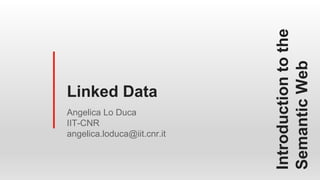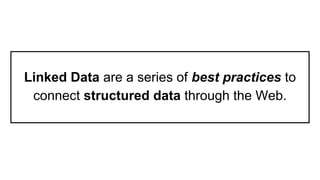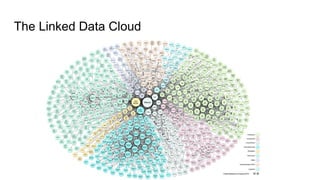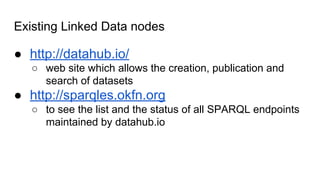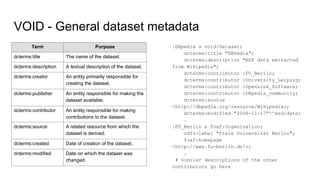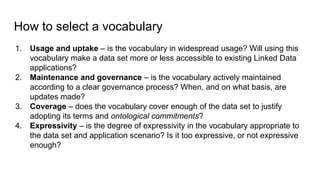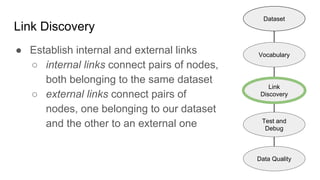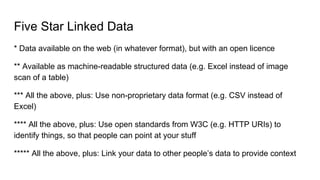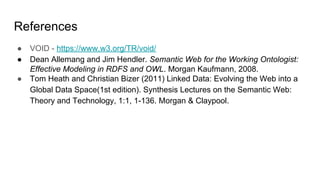This document discusses best practices for publishing linked data on the semantic web. It covers key topics such as using URIs to identify things, following the four principles of linked data, establishing links within and across datasets, choosing appropriate vocabularies, adding metadata about datasets and licenses, testing and debugging the data, and achieving higher levels of the five star model of linked open data. The overall goal is to connect and integrate structured data on the web in a way that is discoverable and reusable.
